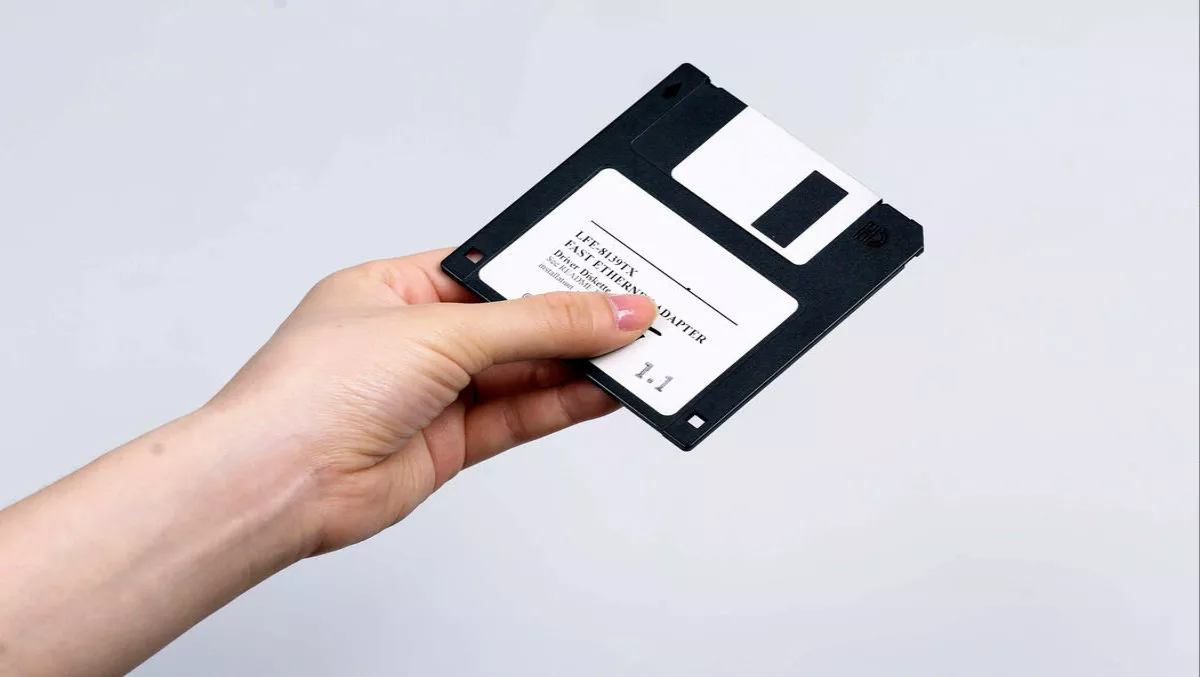
Hewlett Packard unveils ridiculous memory-driven computer
We've come a long way from floppy disk storage. Hewlett Packard has just unveiled, in their words, the world's largest single-memory computer. It is a prototype from their 'The Machine' research project.
This area of research is focused on Hewlett Packard's memory-driven computing, an architecture specifically built to break through the continually increasing quantities of big data floating around nowadays.
Big data is a key factor across a range of industries, and Hewlett Packard believes that when it comes to analytics, throwing more and more processors at data is not the solution for managing the vast quantities.
Hewlett Packard thinks that a different approach to computing is needed. By building around memory rather than the CPU, they can eliminate the relatively clunky and inefficient manner that the processor, memory and storage work together in modern machines.
Hewlett Packard's prototype computer brandishes about 160TB of memory spread across 40 physical nodes, and uses an optimised Linux-based operating system driven by a ThunderX2 dual-socket ARMv8-A workload-optimised processor.
Hewlett Packard says the prototype is capable of simultaneously working with all the data held in every single book in the Library of Congress... five times over. In other words, the equivalent of 160 million books can be held in this single-memory system. Another point of reference for those that don't read much is that the computer can hold 6,400 bu-ray discs of information.
The company believes this architecture could easily scale from terabytes to exabytes, and indeed beyond that to a system with 'near-limitless' quantities of memory to draw on. Hewlett Packard quotes 4,096 yottabytes as the figure of memory to expect in the future. A single yottabyte is a trillion terabytes, in case you were wondering.
Mark Potter, CTO at Hewlett Packard Enterprise believes they have a winning solution.
"We believe Memory-Driven Computing is the solution to move the technology industry forward in a way that can enable advancements across all aspects of society," he says.
"The architecture we have unveiled can be applied to every computing category – from intelligent edge devices to supercomputers.

